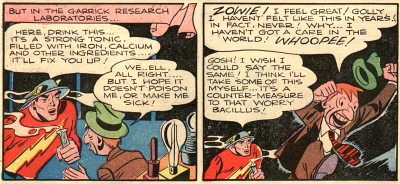IGN has posted an interview with editor Eddie Berganza about upcoming Blackest Night tie-ins, including a cover gallery of all the Blackest Night-related covers coming in December.
Including Blackest Night: The Flash, with a cover that looks…oddly familiar!
If you look at the full-sized image, you can see “Thanks, Ethan” under Scott Kolins’ signature. I’ve got to say, Kolins looks like a perfect choice for this mini.
Full solicitations will be out on Monday.
So who wants to start taking bets on which Flash is in the reverse pose?
Update: I didn’t notice at first, but the second page of the article has the solicitation text for the issue:
Blackest Night: The Flash #1
Written by Geoff Johns
Art and cover by Scott Kolins
Variant cover by Francis Manapul
The Flashes of Two Cities – Barry Allen and Wally West – battle the undead Rogues. Will the legendary speedsters be able to handle the Black Lantern Rogues’ revenge?
Plus, witness the resurrection of Barry’s greatest enemy, the Reverse Flash in this hyper-speed miniseries event reuniting the fan-favorite Flash creative team of Geoff Johns and Scott Kolins!
This issue will ship with two covers. For every 25 copies of the Standard Edition (with a cover by Scott Kolins), retailers may order one copy of the Variant Edition (with a cover by Francis Manapul).
On sale December 2 – 1 of 3 – 32 pg, FC, $2.99 US
Notes: Francis Manapul, of course, was recently announced as the artist on the new, ongoing Flash series. And may I say I like the description of Barry and Wally as the “Flashes of Two Cities.”

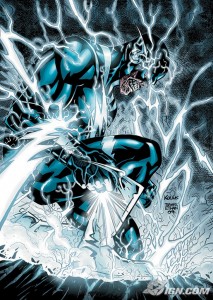
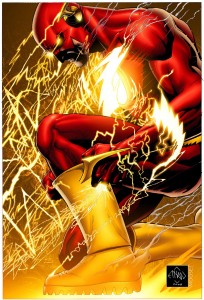
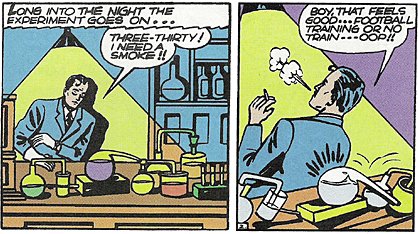


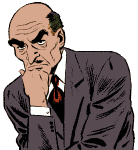
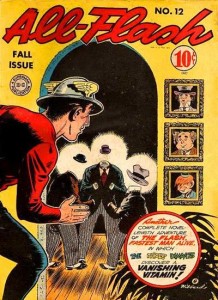
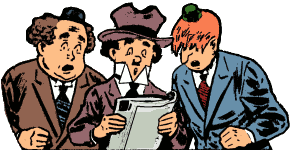
![[Cover: Flash Comics #90: Nine Empty Uniforms]](https://speedforce.org/wp-content/uploads/2009/09/flash-comics-90-212x300.jpg)
![[Splash Page: All-Flash Hockey Game]](https://speedforce.org/wp-content/uploads/2009/09/flash-hockey-300x279.jpg)
![[Splash Page for Play of the Year]](https://speedforce.org/wp-content/uploads/2009/09/flash-comics-39-play-221x300.jpg)

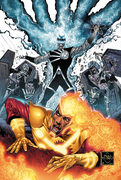
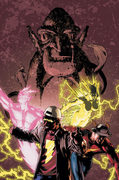
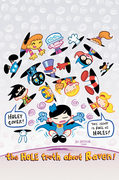
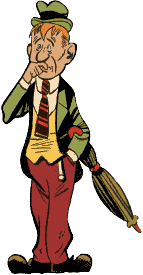
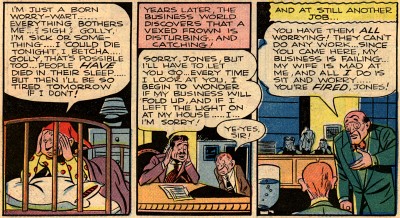
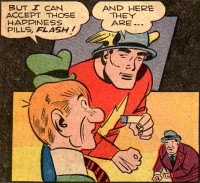 There’s an odd subtext to the character’s stories, though. The reason he returns to Keystone City is that the
There’s an odd subtext to the character’s stories, though. The reason he returns to Keystone City is that the 